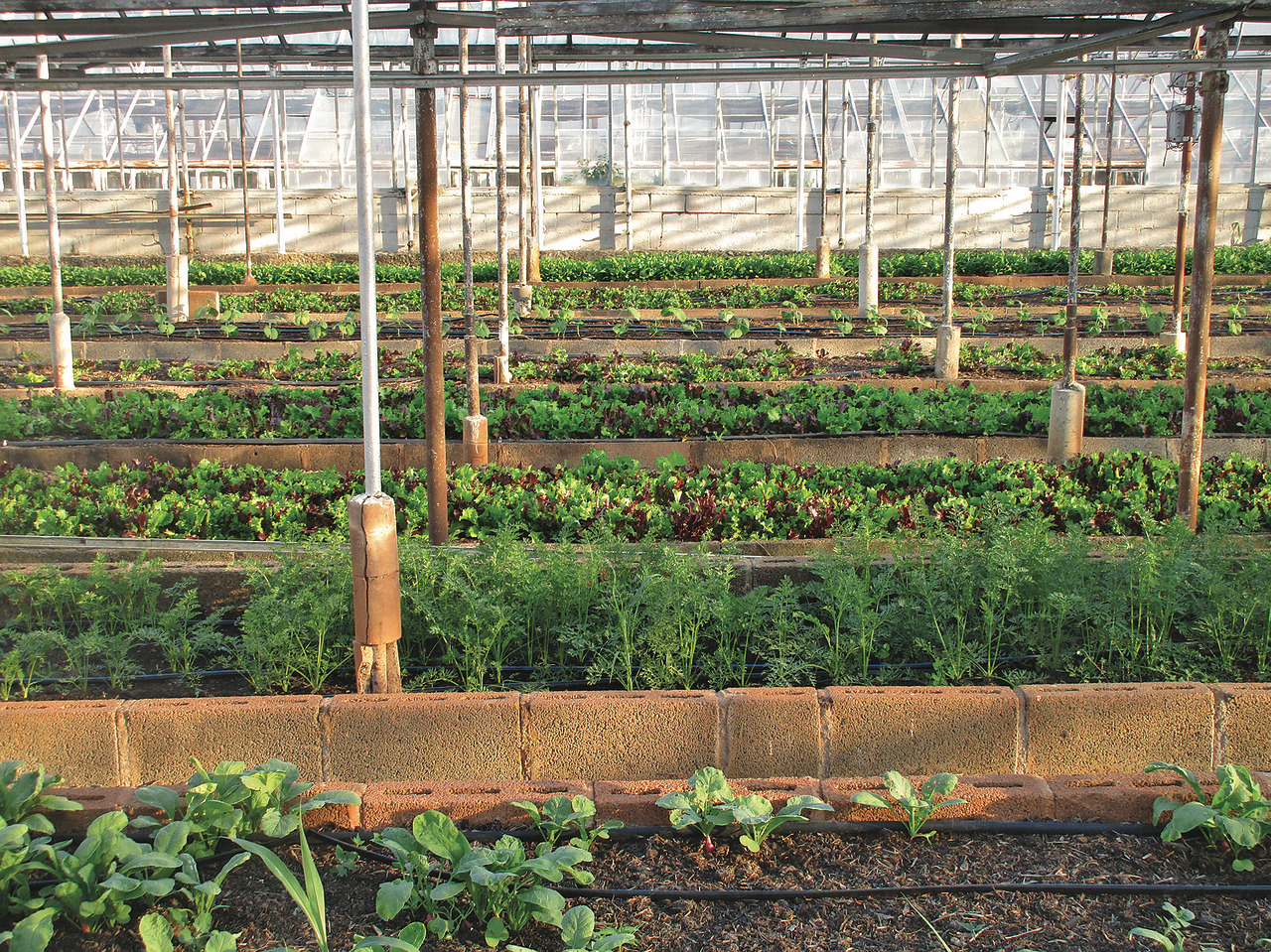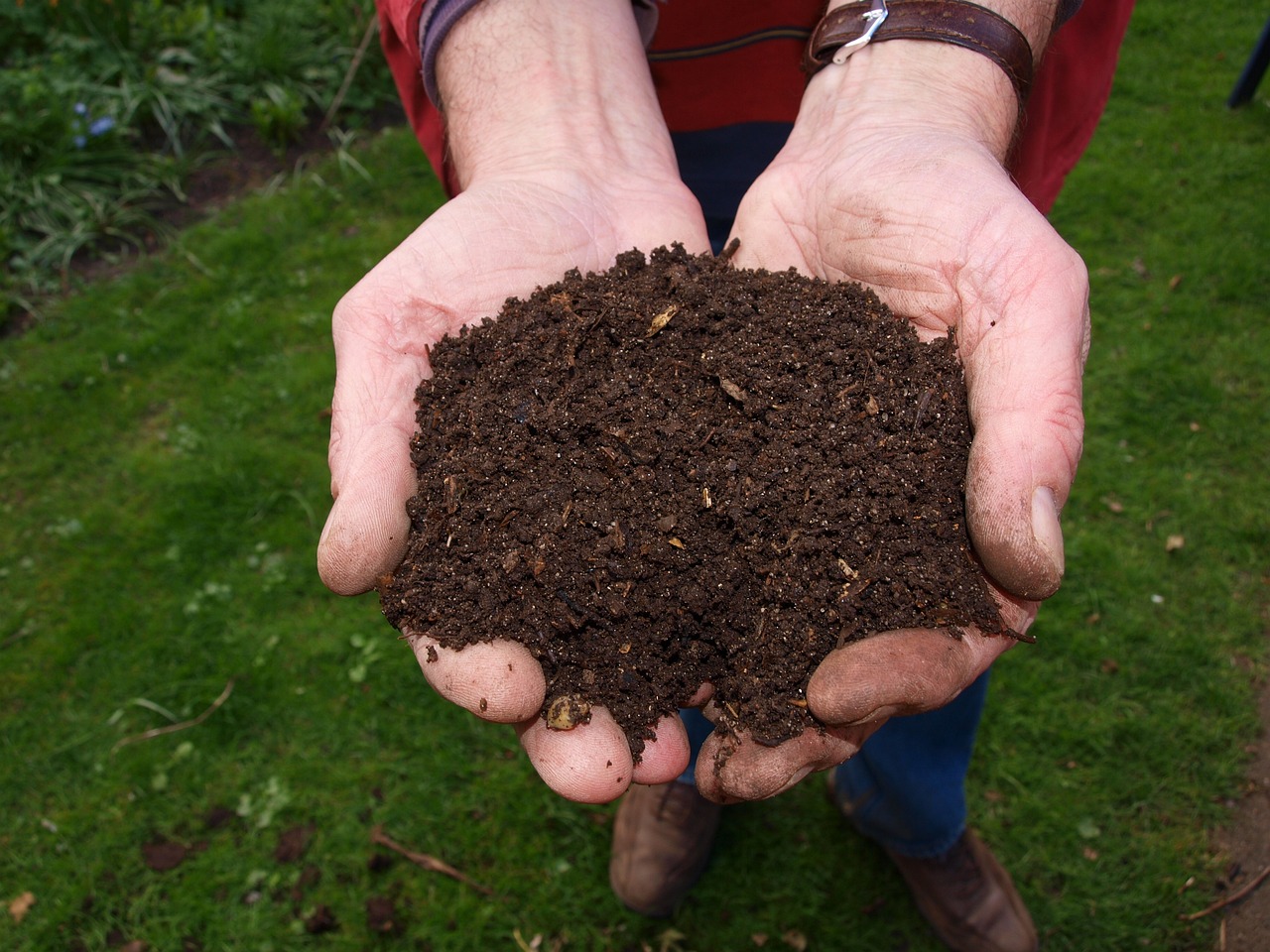Soil Based GrowingNew
Discover soil-based growing essentials and brainstorm how FarmBot might be extended to manage more homestead food systems
Soil-based growing primarily revolves around using the earth’s natural medium - soil, to cultivate plants. Unlike hydroponics or aeroponics, soil-based growing relies on nutrient-dense soil to supply plants with the essential elements they need to flourish.



Soil-based cultivation is a timeless method, celebrated for its simplicity, affordability, and accessibility. However, there are also challenges and limitations to this traditional method. Students will explore the advantages and disadvantages of soil-based growing and brainstorm how FarmBot can be extended beyond plant cultivation in a raised bed to manage a broader homestead food system.
Pros and cons
Engage the audience
Encourage students to draw from their personal experiences with traditional farming and gardening to identify the pros and cons of soil-based growing.
For example, ask: How might the seasonality of outdoor soil-based growing compare to controlled indoor hydroponic systems?
What might be some climate change challenges faced by traditional farmers that are mitigated in other growing methods?
| Pro | Description |
|---|---|
| Natural Ecosystem | Supports a vibrant soil ecosystem which benefits plant health. |
| Low-tech | Generally requires less specialized equipment than other methods. |
| Low Start-Up Costs | Often cheaper to establish compared to hydroponics or aeroponics. |
| Broad Crop Variety | Accommodates a wide range of crops without specialized setups. |
| Sustainability | Allows for the use of natural pest control and organic fertilizers. |
| Traditional Knowledge | Generations of established knowledge and techniques are available. |
| Con | Description |
|---|---|
| Water Usage | Can be less efficient in water use compared to hydroponics. |
| Weed Management | Manual weeding or herbicides are often necessary. |
| Seasonal Limitations | Outdoor cultivation is often subject to seasonal constraints. |
| Pest Vulnerability | Can be more susceptible to pests and soil-borne diseases. |
| Labor Intensity | May require more physical labor for tasks like tilling and weeding. |
| Nutrient Management | Requires careful monitoring and management of soil nutrient levels. |
Expanding FarmBot’s capabilities to the homestead
How could FarmBot be adapted to assist in managing a broader homestead food system, such as maintaining a chicken coop, watering an orchard, or overseeing a compost pile?
Managing a Chicken Coop:
- Feeding: FarmBot might be adapted to automate feeding, distributing feed at scheduled intervals.
- Watering: Automating water provision in a coop to ensure a consistent supply.
- Egg Collection: Designing a mechanism for gentle egg collection and conveyance.
- Security: Implementing a system to secure the coop at night and ensure the safety of the chickens.
Watering an Orchard:
- Automated Watering: Utilizing FarmBot’s watering capabilities to manage irrigation in an orchard setting.
- Tree Health Monitoring: Implementing sensors to monitor tree health, such as leaf color, fruit production, and trunk girth.
- Pest Control: Exploring automated solutions for detecting and mitigating pest issues in the orchard.
Monitoring and Watering a Compost Pile:
- Moisture Level Monitoring: Using sensors to measure moisture levels within the compost pile and activating watering mechanisms as needed.
- Temperature Tracking: Employing temperature sensors to monitor compost health and activity.
- Turnover Reminders: Implementing a notification system to remind users when to turn over the compost pile.
- Composition Analysis: Considering ways in which FarmBot could sample and analyze the nutrient composition of the compost.
Additional Considerations:
- Integration with Renewable Energy: Consider incorporating solar or wind energy to power FarmBot’s additional functionalities.
- Enhanced AI Capabilities: Employ machine learning to analyze data and predict trends or needs within various aspects of homestead management.
- User Interface: Develop an intuitive and user-friendly interface that allows for easy management and monitoring of various subsystems.
Note that expanding FarmBot’s capabilities to handle these diverse tasks would require significant alterations in its mechanical design, sensor suite, and software capabilities. The brainstorming section can serve as a starting point for innovative projects, and prototyping these ideas could be an inspiring challenge for students interested in agriculture, robotics, and sustainability.